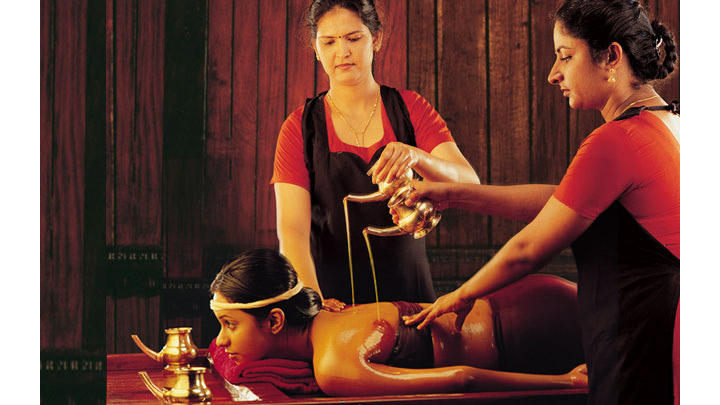8. Dispatches From Kochi: Tourists

The Indian Ocean is a collection of stories about daily life in places around the Indian Ocean Rim. Dispatches From Kochi is the first instalment – a collection of stories from Kochi in Kerala, India. Written by Robert Wood, this series brings to light the texture and tone of everyday life in this small port town.
Musing on holiday makers who come from near and far, Tourists paints the scene for one of Kochi’s major industries.
Voice: Grace Gilbert
Music: www.bensound.com
Copyright © 2017 Robert Wood.
This story and corresponding images have been licensed to the Centre for Stories by the Storyteller. For reproduction and distribution of this story/image please contact the Centre for Stories.
This story was originally published on January 24, 2019.
View Story Transcript
Tourists come in all shapes and sizes here in Kochi. There is the elderly German man, nose pink with gin blossoms, who clutches the hand of his young ‘Asian’ wife watching the ships dock on the far side of the port, smoking clove cigarettes and sipping warm beer. There is the young Turkish cruise-ship worker with greased hair and monogrammed leather backpack slung over one shoulder talking with guys on the street like he has known them his whole life. There are the Brits, spotty with sun and comfortable in Velcro strapped sandals, hats floppy and sunglasses big and snug. There are north Indians too, some dripping with gold – earrings, bangles, watches, rings; some in selwar kamis; some ordering waiters around in Hindi.
For the tourist Kochi is attractive. It is India lite in many ways and there are places of historical interest that are magnificent – Santa Cruz Basilica, Vasco de Gama Square, the Synagogue, the Dutch Palace, the Kathakali shows. There are also hidden gems for the outsider who stays longer than normal – the late night kebab at Lucky Star Hotel, the bike ride up Beach Road, the music they play at Malabar House. One of the reasons people are drawn to Kochi though is for the Ayurveda tradition, which is still living.
Ayurveda as a holistic and integrated medical system has its roots in Indian religion, and though it is regarded as pseudo-scientific outside of India, there are some treatments that remain appealing and widespread. The emphasis is on a type of natural balance, a way of making sure the humours and energies are in harmony with one another so that illness is prevented. The way that most tourists engage with Ayurveda in Kochi is through massage.
On my street there are several storefronts that advertise massages with various levels of adherence to Ayurveda techniques. The one I choose is the Ayurveda Heritage House – a big crumbling building with wooden shutters and an orange wall out the front. It stands at the junction of a roundabout and there is always a crowd lounging nearby, catching the shade of a coconut palm that stands next door.
Mary and Baby Prince run the place. Mary says:
We started this place a couple of years back. We were both working together in another hotel, but we thought that it would be nice to do something of our own. We have people that are local who come in for treatments and diagnoses. But then a lot of people spend a long time here. There was one Italian woman who extended her visa just to stay and keep getting treatment. What is good about this is that we are able to work on some severe problems, not just surface ones.
The idea of India as exotic is a common one, partly a constructed imaginary but one nevertheless based in reality. That the market now plays to this bohemian, romantic dreaming through the selling of happy pants, linen collarless shirts, and massages with scented oils is due to the interplay and dialogue between visitors and locals. This is not to say it is without complications, but that the negotiation of this is a two way street. If tourists fix their ailments in the rooms of Ayurveda treatment centres, these bodily encounters also change how locals do business.
One clearly sees this in the dynamism of clothing, of the adoption of jeans by men here and the rise of t-shirts in a younger generation. Kochi is more cosmopolitan than places of its size elsewhere on the subcontinent. If one goes to Coimbatore even, which is nearby, one will be surprised by how ungentrified it is, how rudimentary the roads are and the absence of a tourist infrastructure.
Tourism is nowadays a global phenomenon, but Kochi has always been connected to the world like ports all over the Indian Ocean and further shores as well. That one of its exports is in the skilled labor of Ayurveda practitioners means people come from the world over to have their shoulders rubbed and their eyes looked at, searching both for answers and comfort, that definitive ideal of what a home away from home really is when you are searching for a familiar island in a stormy swell.